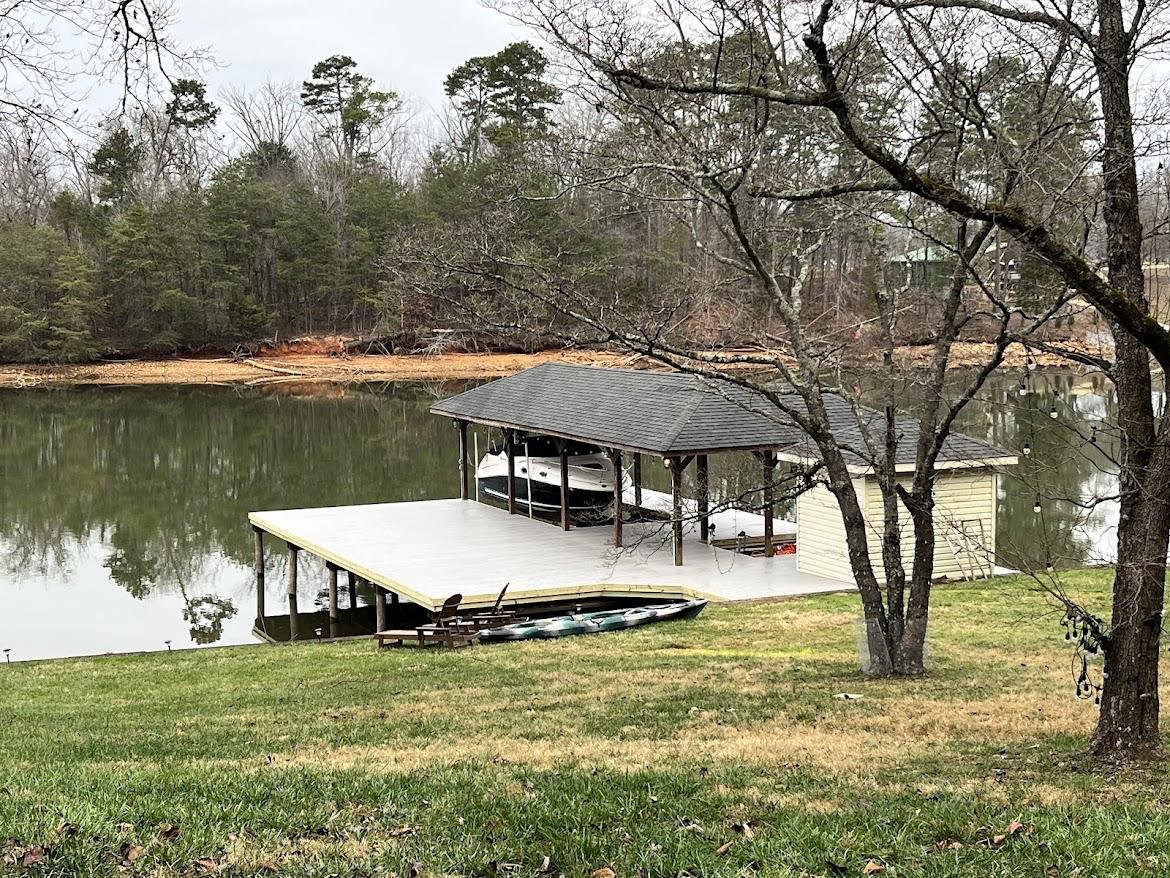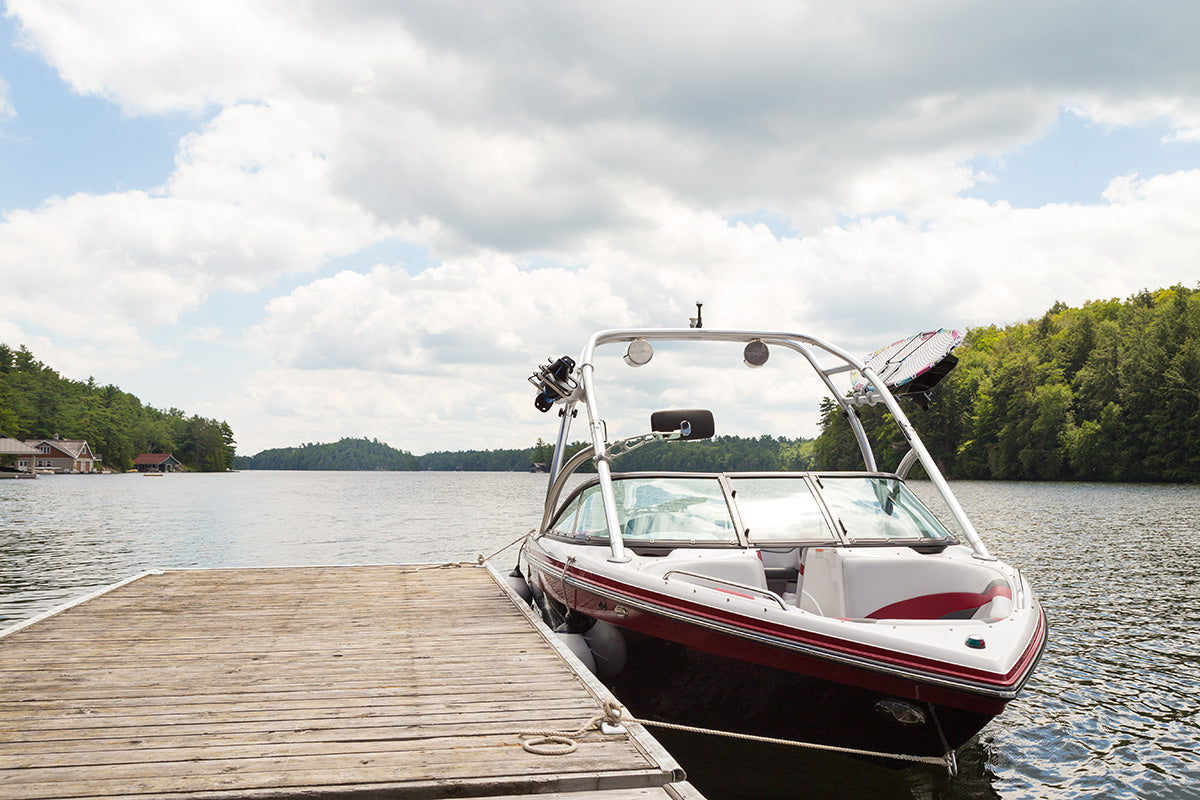DIY Tips for Simple Dock Repairs You Can Take Care Of
DIY Tips for Simple Dock Repairs You Can Take Care Of
Blog Article
Reliable Dock Repair Service Techniques: Making Certain Architectural Stability
Guaranteeing the structural integrity of docks through effective fixing techniques is extremely important for the longevity and safety of aquatic centers. This involves a multi-faceted technique starting with extensive examinations making use of innovative technologies like sonar equipment and from another location operated lorries (ROVs) to discover both visible and hid problems. Consequently, selecting the ideal repair materials, such as composite materials and corrosion-resistant alloys, is important for resilience. Structural support approaches, including the implementation of cross-bracing systems and load-distribution plates, play an essential duty in mitigating tension factors. However, the relevance of these techniques comes to be evident when discovering advanced repair service methods and preventative upkeep strategies.
Evaluating Dock Damages
Analyzing dock damages is a crucial initial step in ensuring the structural honesty and safety of any docking facility. Secret aspects to take a look at consist of the dock's structure, pilings, outdoor decking, and hardware (Dock Repairs).
Structural designers or qualified examiners typically do these evaluations making use of specialized strategies and devices. Underwater inspections might utilize finder tools or from another location operated automobiles (ROVs) to discover immersed damages. Over water, visual evaluations are enhanced by utilizing moisture meters and various other analysis tools to reveal underlying concerns not promptly visible to the naked eye.

Finding Fixing Products
Choosing the appropriate repair service products is a critical action in the dock reconstruction process, one that straight affects the long life and efficiency of the repaired structure. Material selection need to be driven by aspects such as ecological problems, load-bearing demands, and compatibility with existing dock components.
Along with timber, composite products are significantly prominent due to their durability and reduced upkeep demands. Compounds, usually made from a mix of plastic and wood fibers, use superb resistance to rot, bugs, and UV damage. For metal anchors, picking corrosion-resistant alloys such as galvanized steel or marine-grade aluminum is vital to avoid corrosion and make certain architectural integrity in saline water conditions.
Epoxy materials and marine-grade sealers are vital for fixing fractures and sealing joints, supplying a water-proof barrier and improving the dock's overall strength. By thoroughly choosing top quality products, dock repair work can accomplish long-lasting results, therefore safeguarding versus future destruction and making certain secure, reputable usage.
Architectural Support Strategies
Efficient structural reinforcement techniques are vital in ensuring the security and longevity of dock repair work. One essential method entails making use of steel or composite reinforcement bars (rebar) within concrete structures. Rebar gives extra tensile strength, avoiding splits and distributing loads extra uniformly. This method is specifically efficient for docks revealed to heavy loads or harsh ecological conditions.
Another vital method is the application of fiber-reinforced polymers (FRP) These products use high strength-to-weight proportions and superb resistance to deterioration, making them ideal for strengthening concrete or wood anchors. FRP can be applied in sheets or strips and bonded with epoxy resins to enhance architectural integrity.
Supporting and securing systems additionally play a critical role in structural support. Cross-bracing, making use of metal or wooden beam of lights, can neutralize side forces, decreasing swaying and motion. Securing systems, such as helical piers or driven heaps, supply a secure structure by moving loads to deeper, much more secure soil layers.
Last but not least, the assimilation of load-distribution plates can help distribute weight extra uniformly across the dock's surface area, reducing localized stress and anxiety points. These techniques collectively make sure that anchors remain robust and secure, with the ability of enduring my link the roughness of their functional atmosphere.
Advanced Repair Service Methods

An additional sophisticated strategy includes undersea welding, which allows for repair services to be performed without the requirement to dewater the location. This technique is particularly beneficial for attending to architectural problems in submerged dock elements, making sure marginal interruption to operations. Improved welding methods, combined with robotic systems, provide accuracy and integrity, therefore prolonging the life-span of the dock.
Furthermore, cathodic protection systems are carried out to stop corrosion in metal dock frameworks. By using sacrificial anodes or amazed existing systems, these methods properly mitigate the electrochemical processes that cause material damage.
Last but not least, progressed monitoring innovations, such as architectural health surveillance (SHM) systems, give real-time information on the problem of dock structures. These systems allow positive maintenance and prompt interventions, ultimately guaranteeing the lasting structural see page honesty of the dock.
Maintenance and Prevention
Upkeep and avoidance are essential principles that underpin the long life and safety and security of dock frameworks. Normal examinations are critical, enabling early discovery of damage, possible weaknesses, and environmental impacts. An aggressive technique, entailing routine checks for corrosion, rot, and architectural changes, alleviates expensive fixings and extends the dock's functional life.
Preventative measures ought to include applying safety finishes to steel components to safeguard against corrosion and making use of cured timber to stand up to decay. Furthermore, making sure appropriate drainage and air flow can protect against water build-up, which is an usual cause of architectural deterioration. Incorporating quality materials and sticking to supplier standards throughout building and construction and repair service stages likewise play crucial duties in boosting sturdiness.

Training employees in dock maintenance best practices makes sure consistent application of safety nets. Leveraging technical developments, such as drones for examinations and sensing units for real-time monitoring, can further boost upkeep initiatives. By prioritizing upkeep and prevention, dock proprietors can guarantee structural honesty, operational security, and affordable administration over the dock's life-span.
Conclusion
In verdict, keeping the structural stability of aquatic centers necessitates detailed dock fixing techniques. Extensive evaluations utilizing advanced tools reveal both visible and concealed damages, while the choice of ideal repair work products enhances longevity. Applying structural support methods addresses stress points efficiently. Advanced repair service strategies, combined with regular upkeep methods, make certain the dock stays secure and functional under varied environmental conditions. Embracing these strategies substantially lengthens the lifespan and performance of aquatic facilities.
Ensuring the architectural honesty of anchors with effective repair techniques is paramount for the longevity and safety and security of aquatic centers.Picking the proper fixing materials is a crucial step in the dock repair process, one that straight affects the longevity and efficiency of the fixed structure.Effective architectural support strategies are important in making sure the stability and longevity of dock fixings. By prioritizing upkeep and prevention, dock proprietors can make sure structural integrity, functional security, and cost-efficient monitoring over the dock's life expectancy.
In conclusion, keeping the architectural integrity of aquatic facilities demands extensive dock repair methods.
Report this page